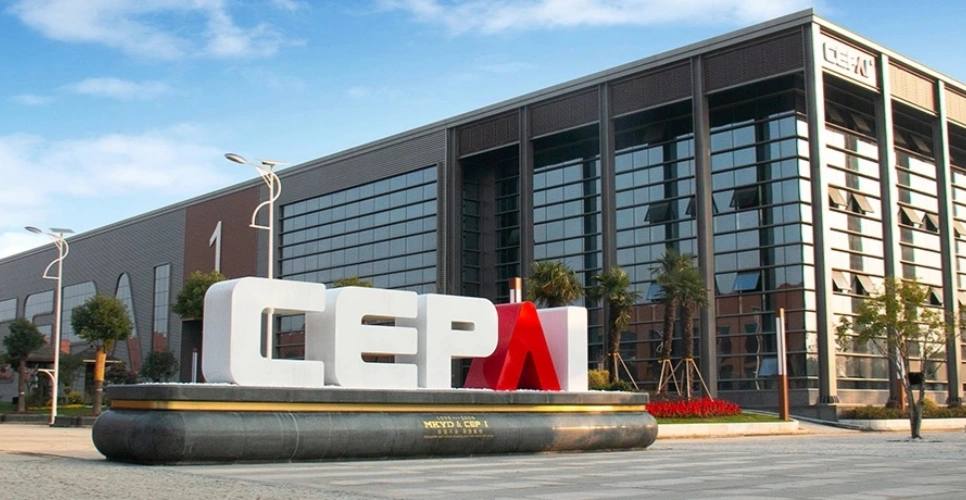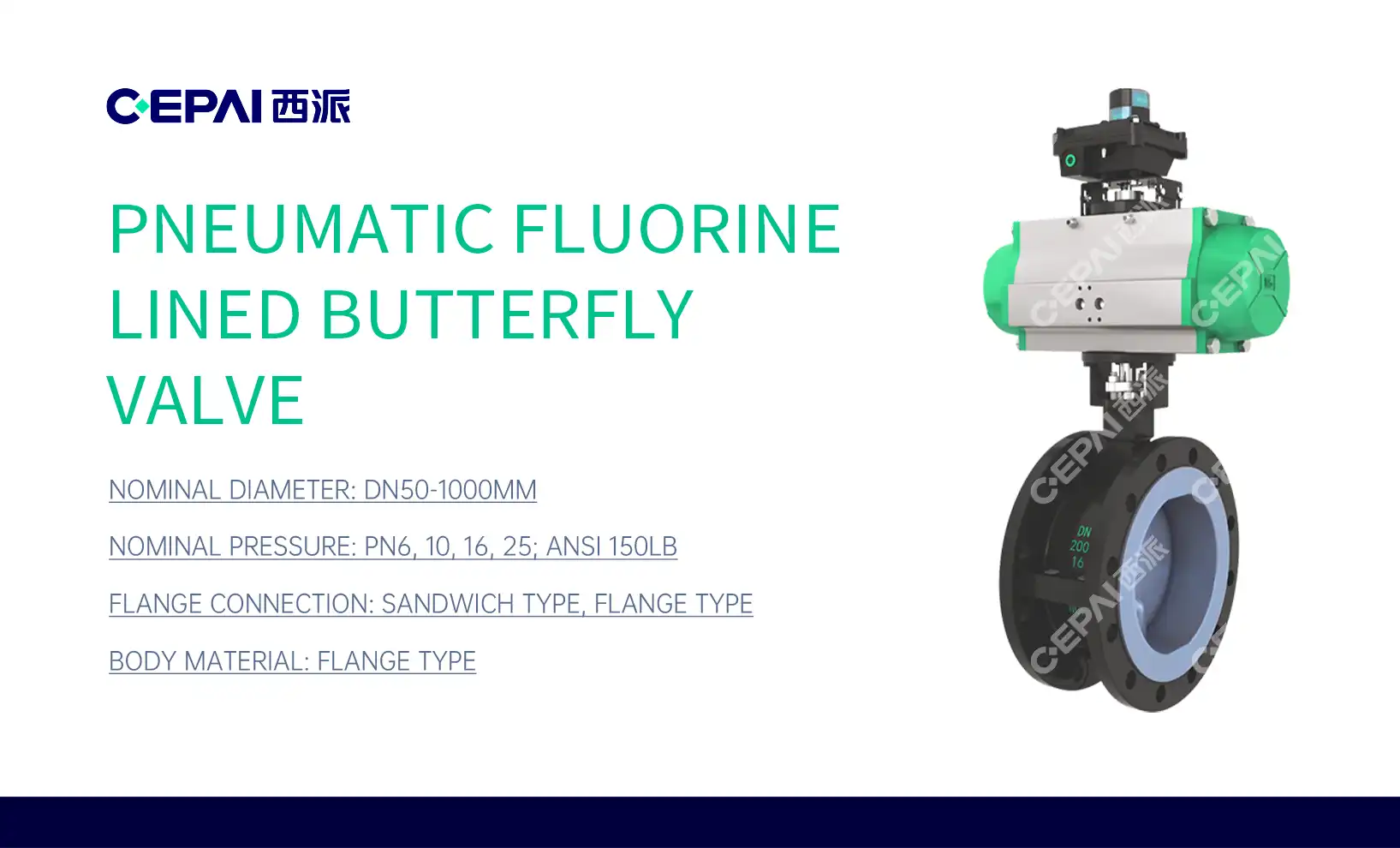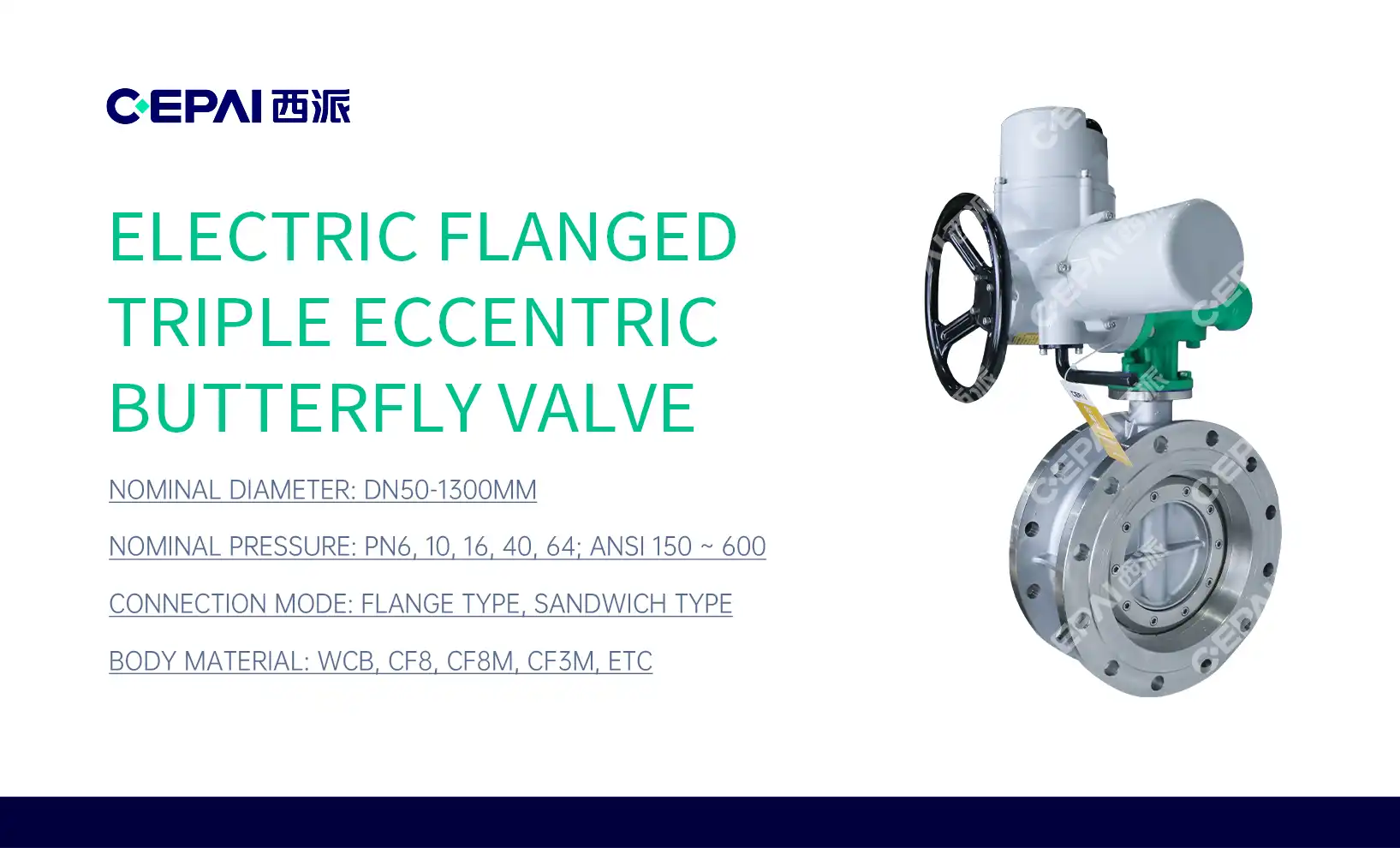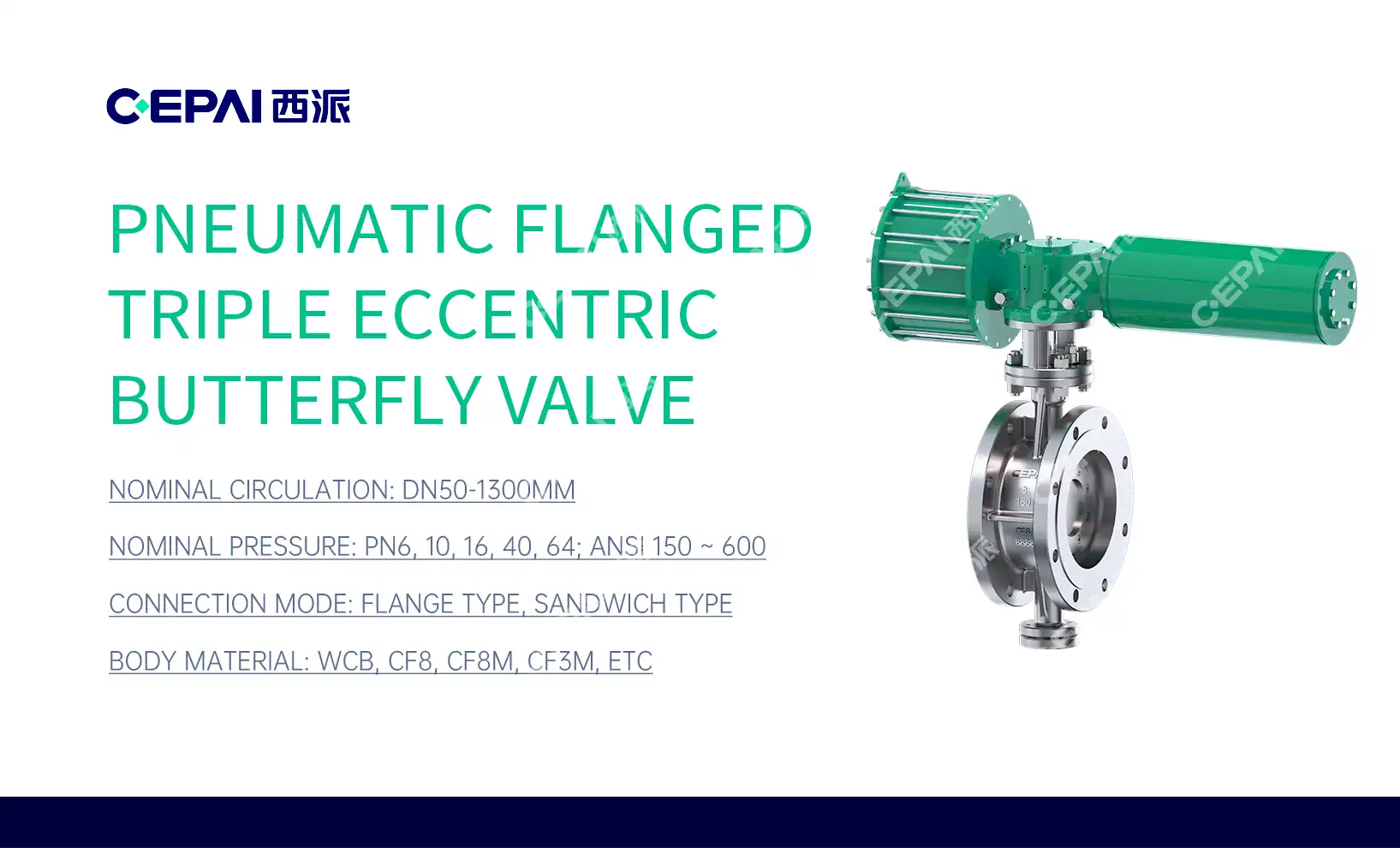Understanding Pneumatic Butterfly Valves: Components and Functionality
Key Components of Pneumatic Butterfly Valves
Pneumatic butterfly valves comprise several essential components that work together to control fluid flow. The valve body houses the internal parts and connects to the pipeline. The disc, typically circular or elliptical, is the main closure element that rotates to allow or restrict flow. The stem transmits rotary motion from the actuator to the disc. Seat rings provide a tight seal when the valve is closed. The pneumatic actuator, powered by compressed air, generates the force to operate the valve. Additionally, positioners and limit switches may be included for precise control and position feedback.
Operating Mechanism and Control
The operation of pneumatic butterfly valves relies on the principle of pneumatic actuation. Compressed air is supplied to the actuator, which converts air pressure into mechanical force. This force is then transmitted through the stem to rotate the disc. The actuator can be single-acting (spring-return) or double-acting, depending on the application requirements. Control systems, such as solenoid valves or positioners, regulate the air supply to achieve desired valve positions. This pneumatic control allows for quick and accurate adjustments, making these valves suitable for both on-off and modulating service.
Advantages of Pneumatic Actuation in Butterfly Valves
Pneumatic actuation offers several benefits in butterfly valve applications. The use of compressed air as the power source provides a clean and readily available medium for operation. Pneumatic systems are inherently safe in hazardous environments, as they don't generate sparks or heat. The quick response time of pneumatic actuators allows for rapid valve operation, crucial in emergency shutdown scenarios. Moreover, pneumatic butterfly valves are cost-effective, easy to maintain, and can be designed for fail-safe operation. These advantages make them a popular choice in various industries where reliable and efficient flow control is paramount.
Industrial Applications and Benefits of Pneumatic Butterfly Valves
Oil and Gas Industry Applications
In the oil and gas sector, pneumatic butterfly valves play a crucial role in various processes. They are extensively used in pipeline systems for crude oil and natural gas transportation, offering reliable flow control and isolation capabilities. These valves are particularly valuable in offshore platforms and refineries, where they handle a wide range of fluids under diverse pressure and temperature conditions. Their compact design and ability to provide tight shutoff make them ideal for tank farm operations, process control, and emergency shutdown systems. The corrosion-resistant materials used in their construction ensure longevity in harsh environments typical of oil and gas facilities.
Water and Wastewater Treatment Applications
Pneumatic butterfly valves find extensive use in water and wastewater treatment plants. They are employed in various stages of the treatment process, including intake systems, filtration units, and distribution networks. These valves excel in controlling the flow of water, chemicals, and slurries. Their ability to handle large volumes of fluid efficiently makes them suitable for main water lines and backwash systems. In wastewater treatment, they are used in aeration tanks, sludge handling, and effluent control. The quick-acting nature of pneumatic actuation allows for precise control of water levels and flow rates, contributing to the overall efficiency of treatment processes.
Chemical and Petrochemical Industry Uses
The chemical and petrochemical industries rely heavily on pneumatic butterfly valves for their diverse fluid handling needs. These valves are utilized in reactor systems, distillation columns, and storage facilities. Their versatility allows them to handle a wide range of chemicals, from corrosive substances to high-purity compounds. In these industries, the valves' ability to provide bubble-tight shutoff is crucial for preventing cross-contamination and ensuring product quality. The pneumatic actuation enables remote operation, enhancing safety in hazardous areas. Additionally, the valves' low-torque requirements and minimal pressure drop characteristics make them energy-efficient choices for various chemical processes.
Selecting and Maintaining Pneumatic Butterfly Valves for Optimal Performance
Factors to Consider in Valve Selection
Choosing the right pneumatic butterfly valve requires careful consideration of several factors. The nature of the fluid being handled, including its temperature, pressure, and chemical composition, is paramount. The required flow rate and pressure drop across the valve must be evaluated to ensure proper sizing. Material selection for the valve body, disc, and seat is critical for compatibility with the process fluid and operating conditions. The type of pneumatic actuator (single-acting or double-acting) should be selected based on fail-safe requirements and control needs. Environmental factors, such as ambient temperature and potentially explosive atmospheres, also play a role in valve selection. Additionally, considering the valve's duty cycle and required response time helps in choosing the appropriate actuator size and control accessories.
Installation Best Practices
Proper installation of pneumatic butterfly valves is crucial for their optimal performance and longevity. The pipeline should be thoroughly cleaned before valve installation to prevent damage from debris. Adequate support must be provided to prevent stress on the valve body. Proper alignment with the pipeline is essential to ensure smooth operation and prevent leakage. When installing the actuator, it's important to ensure correct orientation and secure mounting. The pneumatic supply lines should be properly sized and free from contaminants. Installing filters and lubricators in the air supply line can enhance the actuator's performance and lifespan. For outdoor installations, appropriate weather protection should be considered. Following manufacturer guidelines and industry standards during installation is key to achieving reliable valve operation.

Maintenance and Troubleshooting Tips
Regular maintenance is essential for ensuring the long-term reliability of pneumatic butterfly valves. Periodic inspection of valve components, including the disc, seat, and stem, helps identify wear or damage early. Checking for leaks in the valve body and actuator seals should be part of routine maintenance. Lubricating moving parts as per manufacturer recommendations prevents premature wear. The pneumatic system should be regularly checked for air leaks and proper pressure. Actuator diaphragms and springs may require periodic replacement. In case of operational issues, common troubleshooting steps include checking air supply pressure, inspecting for obstructions in the valve, and verifying control signal integrity. Keeping detailed maintenance records aids in predicting potential failures and planning preventive maintenance. For complex issues, consulting with the valve manufacturer or a qualified technician is advisable to ensure proper diagnosis and resolution.
Conclusion
Pneumatic butterfly valves are versatile and efficient flow control devices that have become indispensable in various industrial applications. Their simple yet effective design, coupled with the benefits of pneumatic actuation, makes them an excellent choice for managing fluid flow in diverse settings. From oil and gas facilities to water treatment plants and chemical processing units, these valves offer reliable performance, quick response times, and ease of maintenance. As industries continue to evolve, the role of pneumatic butterfly valves in ensuring efficient and safe operations remains crucial. By understanding their working principles, applications, and maintenance requirements, engineers and plant operators can leverage these valves to optimize their processes and achieve operational excellence.
FAQs
1. What are the main advantages of using pneumatic butterfly valves?
Pneumatic butterfly valves offer quick operation, tight shutoff, and efficient flow control. They are cost-effective, easy to maintain, and suitable for various industrial applications.
2. How do pneumatic butterfly valves differ from manual butterfly valves?
Pneumatic butterfly valves use compressed air for operation, allowing for remote control and automation, while manual valves require physical intervention to operate.
3. Can pneumatic butterfly valves handle high-pressure applications?
Yes, when properly designed and selected, pneumatic butterfly valves can handle high-pressure applications, especially in industries like oil and gas.
4. What are common maintenance issues with pneumatic butterfly valves?
Common issues include seat wear, air leaks in the actuator, and disc misalignment. Regular inspection and maintenance can prevent these problems.
5. Are pneumatic butterfly valves suitable for use with corrosive fluids?
Yes, when constructed with appropriate materials such as stainless steel or lined with corrosion-resistant materials, these valves can handle corrosive fluids effectively.
Quality Assurance in Pneumatic Butterfly Valve Manufacturing | CEPAI
At CEPAI Group, we understand the critical role of pneumatic butterfly valves in industrial processes. Our commitment to quality is reflected in our ISO-certified manufacturing processes, ensuring each valve meets the highest standards of performance and reliability. We employ advanced testing equipment and rigorous inspection protocols throughout the production cycle. Our expertise in valve technology, coupled with our focus on customer satisfaction, positions us as a leading manufacturer in the global market. For top-quality pneumatic butterfly valves tailored to your specific needs, contact us at cepai@cepai.com.

References
Smith, J. (2022). "Pneumatic Valve Technology in Modern Industrial Applications." Journal of Fluid Control Systems, 45(3), 78-92.
Johnson, R. & Thompson, L. (2021). "Advancements in Butterfly Valve Design for Oil and Gas Industries." Petroleum Engineering Quarterly, 33(2), 112-125.
García, M. et al. (2023). "Comparative Analysis of Pneumatic Actuators in Process Control Valves." Industrial Automation Review, 56(4), 201-215.
Brown, A. (2020). "Maintenance Strategies for Pneumatic Valve Systems in Water Treatment Plants." Water Technology Magazine, 28(1), 45-58.
Lee, S. & Patel, K. (2022). "Material Selection Criteria for Butterfly Valves in Corrosive Environments." Chemical Engineering Progress, 118(5), 67-80.
Wilson, T. (2021). "Energy Efficiency Improvements in Industrial Valve Applications." Energy Management Journal, 40(3), 156-170.

_1746598531170.webp)



